Standing poses are fantastic for improving balance and as an added benefit, this pose stretches those often too tight hamstrings. Yet the standing forehead to knee pose is one that I see done incorrectly the most. The chiropractor in me winces because I know how easy it is to compromise the lower back when this one is done incorrectly.
If you are holding up that outstretched leg with your arms, and you know who you are, then you are at risk for straining your lower back. With the weight of the leg in the arms and your lower back folded over, you're putting a lot of pressure on your spine, and the muscles in the lower back. The group of muscles at risk is called your erector spinae muscles. In an ideal world, the leg should actually be held up by its own strength and supported with the abdomen.
Test yourself to see if you can stand on one leg and extend the other out without using your hands for support. If you can, you're ready for this pose. If not, then back off a bit: standing up right with the leg outstretched just at a lower angle or even with the knee bent. In these modified versions you will still get the benefit of improved balance and increase muscle strength, all while your lower back is being protected!


